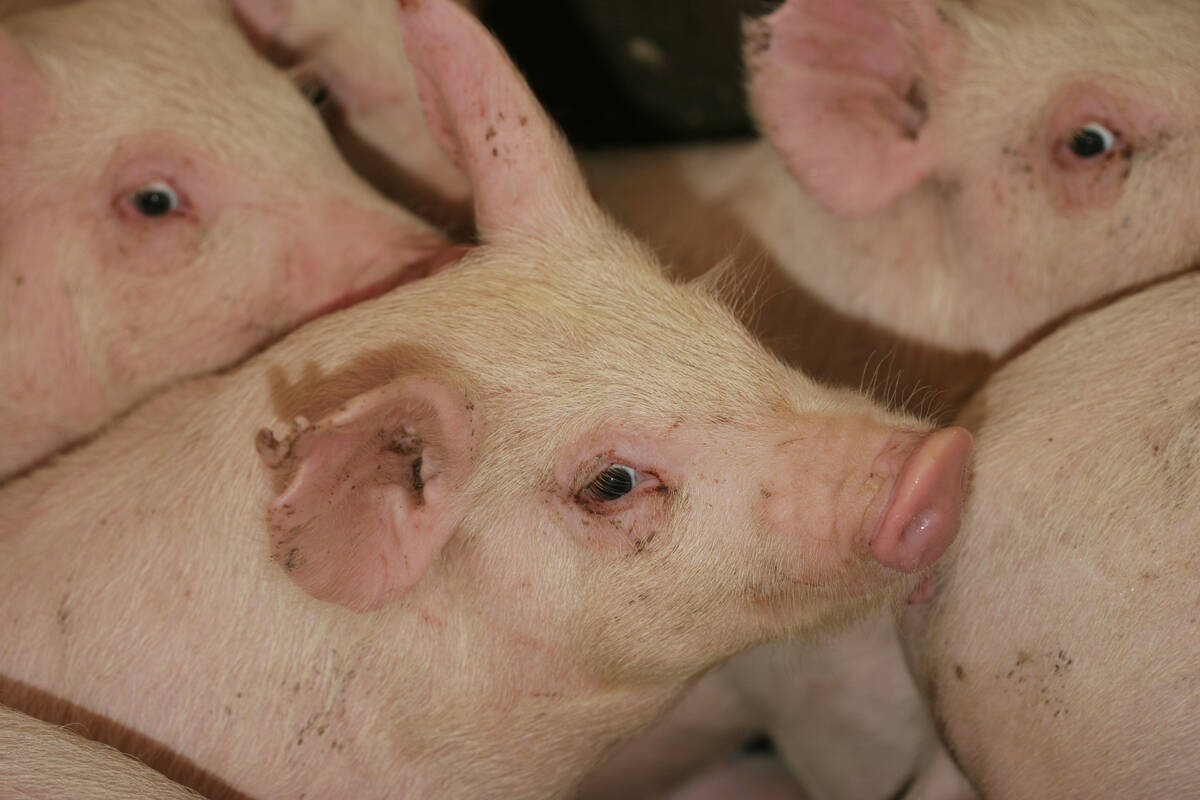Saskatchewan landowners Gary and Michele Howland have always been concerned with the health of the environment.
So when the retired farm couple realized they could protect a portion of their farm in the Qu’Appelle Valley and get paid for doing it, they jumped on the opportunity.![]()
“We’re quite interested in environment questions and in the conservation of natural areas and we very much wanted the valley to remain in its natural state,” Gary said.
Read Also

The Western Producer Livestock Report – September 25, 2025
The U.S. national live price average for barrows and gilts was $81.21 Sept. 17. It was $78.37 Sept. 9. U.S. hogs averaged $106.71 on a carcass basis Sept. 17, up from $106.10 Sept. 9.
“Entering a conservation easement seemed like a good way to achieve those objectives.”
A conservation easement is a voluntary legal agreement between a landowner and a conservation agency, aimed at preserving and protecting the environment.
In a nutshell, it restricts how a piece of land can be used and pays the landowner for adhering to those restrictions.
In most cases, terms of the agreement remain in place, even if the land is sold to another person.
The Nature Conservancy of Canada, one of the main agencies that signs conservation easement agreements, worked with the Howlands during the process.
Howland said they experienced few hassles when negotiating the agreement and no surprises after it was signed.
They were so impressed with that they registered a second agreement on another parcel of land in 2008.
The Howlands, who own 1,100 acres near Lumsden, Sask., now have conservation easements on about 340 acres of their farm.
“We were very pleased with the process,” Howland said.
“It makes us both feel very good and, in a sense, we’re being paid to do what we wanted to do anyway.”
Jordan Ignatiuk, Saskatchewan director of land conservation for the Nature Conservancy of Canada, said landowners have different reasons for entering a conservation agreement.
For some, monetary rewards and tax benefits are the primary incentives.
For the majority, however, the primary motivation is a desire to keep land in its natural state for the benefit of future generations.
“In general, most people who enter a conservation agreement are genuinely concerned with protecting and preserving the environment.”
Since the concept began to gain popularity in Western Canada a little more than a decade ago, the Nature Conservancy of Canada has established easements on 200,000 acres of land on the Prairies.
Most agreements contain a series of standard clauses, Ignatiuk said. For example, clauses that restrict the cultivation or disturbance of natural grasslands and riparian areas are common, as are restrictions on the destruction of forested areas, removal of trees, drainage of wetlands, intentional introduction of non-native plants and animal species and subdivision of land for commercial or residential development.
Ignatiuk said each agreement is tailored to meet the needs of the landowner.
For instance, an agreement with a rancher might restrict the introduction of non-native animals species but it can include a provision that allows horses, cattle or sheep.
Other clauses can prohibit the construction of new buildings or roads on a quarter section, but a portion of land can be excluded from the agreement, allowing for future development.
“In any agreement, there are always ways to allow those activities to happen,” Ignatiuk said.
“We’re trying to meet our own conservation goals, but we’re also trying to work within the needs of the farmer or the rancher.”
Because a conservation agreement restricts future land use, it is assumed resale value of the property will be reduced. To compensate, conservation agreements normally offer the landowner a one-time cash payment.
In many cases, the value on agricultural land can be reduced by as much as 25 percent, meaning land-owners would receive a one-time cash payment worth 25 percent of the land’s current value.
In exceptional cases involving highly valued farmland or properties located on the outskirts of a major city, resale losses might exceed $2,000 an acre.
In those cases, conservation agencies will compensate the landowner for a portion of the resale loss and issue a tax deductible receipt for the remaining portion.
At tax time, the tax receipt is treated like any other charitable donation, Ignatiuk said.
Donors also have the option of making a charitable donation for the full value of the resale loss.
Once an easement is registered, landowners must also allow the agency to conduct annual audits to ensure they are honouring land use restrictions.
Noncompliance can result in penalties, Ignatiuk said, although compliance is generally high.
“At this point, we haven’t had any breaches where it gets to the point where we’ve had to apply a (financial) penalty.”
Howland said the Nature Conservancy has been co-operative and is eager to keep landowners happy.
“In our case, they just wanted us to be responsible grazers and to use livestock to manage the land properly,” said Howland, whose family has been farming in the Lumsden area since 1898.
“I think there are lots of landowners out there who are interested in conservation …. I would recommend it to any farmer who’s thinking about it.”
For more information, visit www.natureconservancy.ca.















